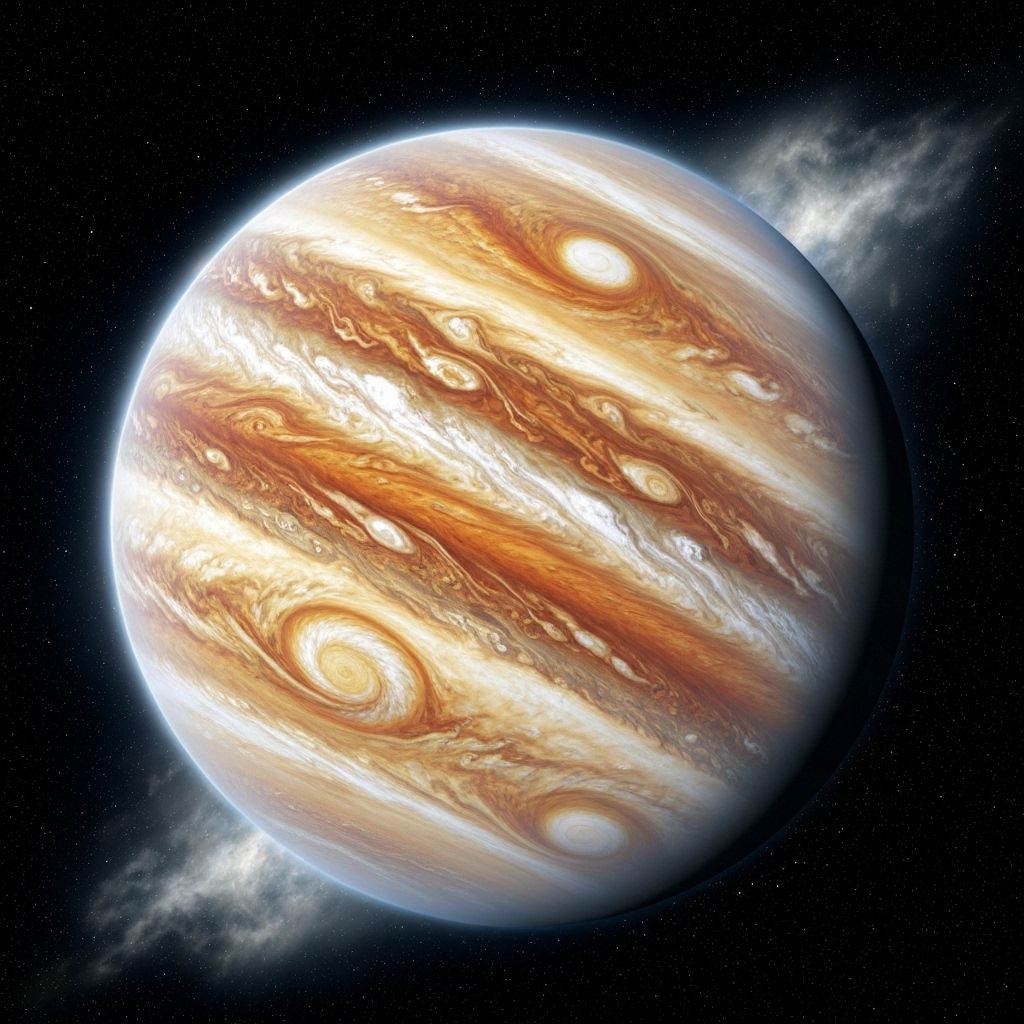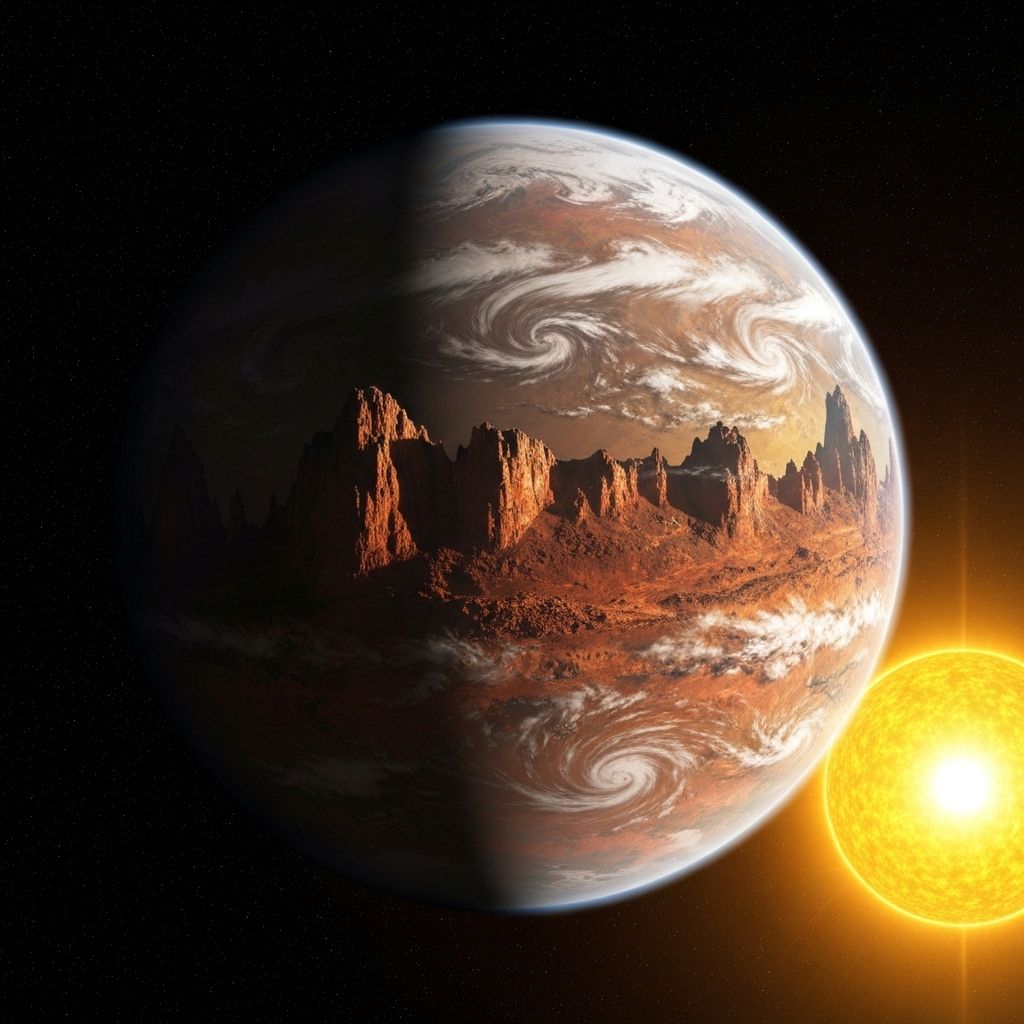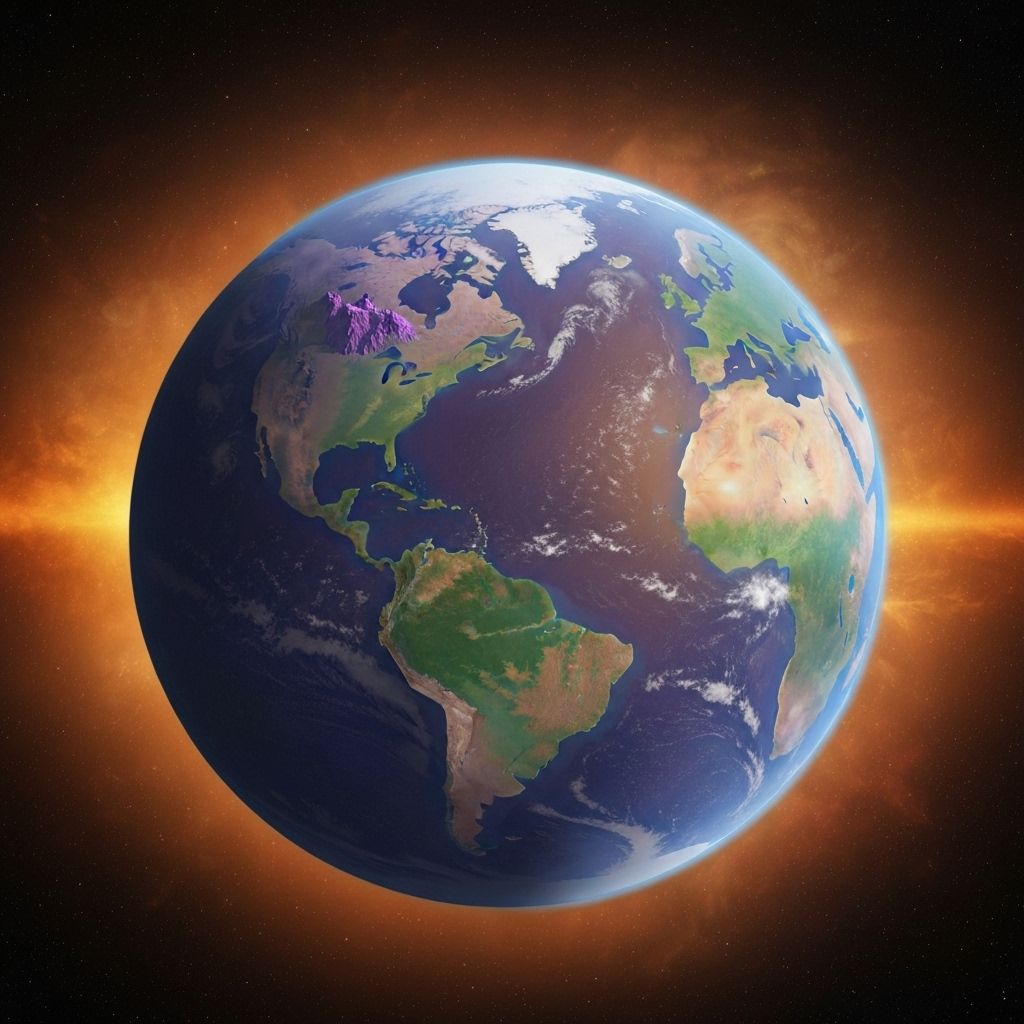How We Find Planets
Discovering worlds beyond our solar system requires ingenious techniques. Learn about the different types of exoplanets and the methods astronomers use to detect them.
Types of Exoplanets
Exoplanets come in many varieties, from scorching hot Jupiters to potentially habitable rocky worlds.

Gas Giant
Massive planets composed primarily of hydrogen and helium, similar to Jupiter and Saturn. These are the easiest to detect due to their large size.
Key Characteristics:
- •Mass > 100 Earth masses
- •Thick atmosphere
- •No solid surface

Neptune-like
Ice giants with thick atmospheres of hydrogen, helium, and methane. Smaller than gas giants but still much larger than Earth.
Key Characteristics:
- •10-100 Earth masses
- •Icy composition
- •Thick atmosphere

Super-Earth
Rocky planets larger than Earth but smaller than Neptune. They may have thick atmospheres or be rocky worlds with extreme conditions.
Key Characteristics:
- •1.5-10 Earth masses
- •Rocky or icy
- •Potentially habitable

Terrestrial
Earth-sized rocky planets with solid surfaces. These are the most interesting for the search for life but also the hardest to detect.
Key Characteristics:
- •< 1.5 Earth masses
- •Rocky surface
- •Thin atmosphere
Detection Methods
Astronomers have developed several ingenious techniques to find planets orbiting distant stars.
Transit Method
When a planet passes in front of its star from our perspective, it blocks a tiny fraction of the star's light. By measuring this periodic dimming, we can detect the planet and determine its size.
Discoveries:
~75% of confirmed exoplanets
Advantages:
- ✓Can determine planet size
- ✓Can detect multiple planets
- ✓Can study atmospheres
Radial Velocity
As a planet orbits a star, its gravity causes the star to wobble slightly. This wobble creates a Doppler shift in the star's light spectrum, which we can measure to detect the planet.
Discoveries:
~20% of confirmed exoplanets
Advantages:
- ✓Can determine planet mass
- ✓Works for non-transiting planets
- ✓Proven technique
Gravitational Microlensing
When a star passes in front of a more distant star, its gravity acts as a lens, magnifying the background star's light. If the foreground star has a planet, it creates a distinctive spike in the light curve.
Discoveries:
~100 confirmed exoplanets
Advantages:
- ✓Can detect distant planets
- ✓Sensitive to low-mass planets
- ✓Can find free-floating planets
Direct Imaging
Using powerful telescopes with special techniques to block out the star's light, we can directly photograph planets. This only works for large, young planets far from their stars.
Discoveries:
~50 confirmed exoplanets
Advantages:
- ✓Can study planet directly
- ✓Can analyze atmosphere
- ✓Can detect multiple planets
Transit Timing Variations
If multiple planets orbit a star, their gravitational interactions cause slight variations in the timing of transits. By measuring these variations, we can detect additional planets.
Discoveries:
~20 confirmed exoplanets
Advantages:
- ✓Can find non-transiting planets
- ✓Can determine planet masses
- ✓Confirms multi-planet systems